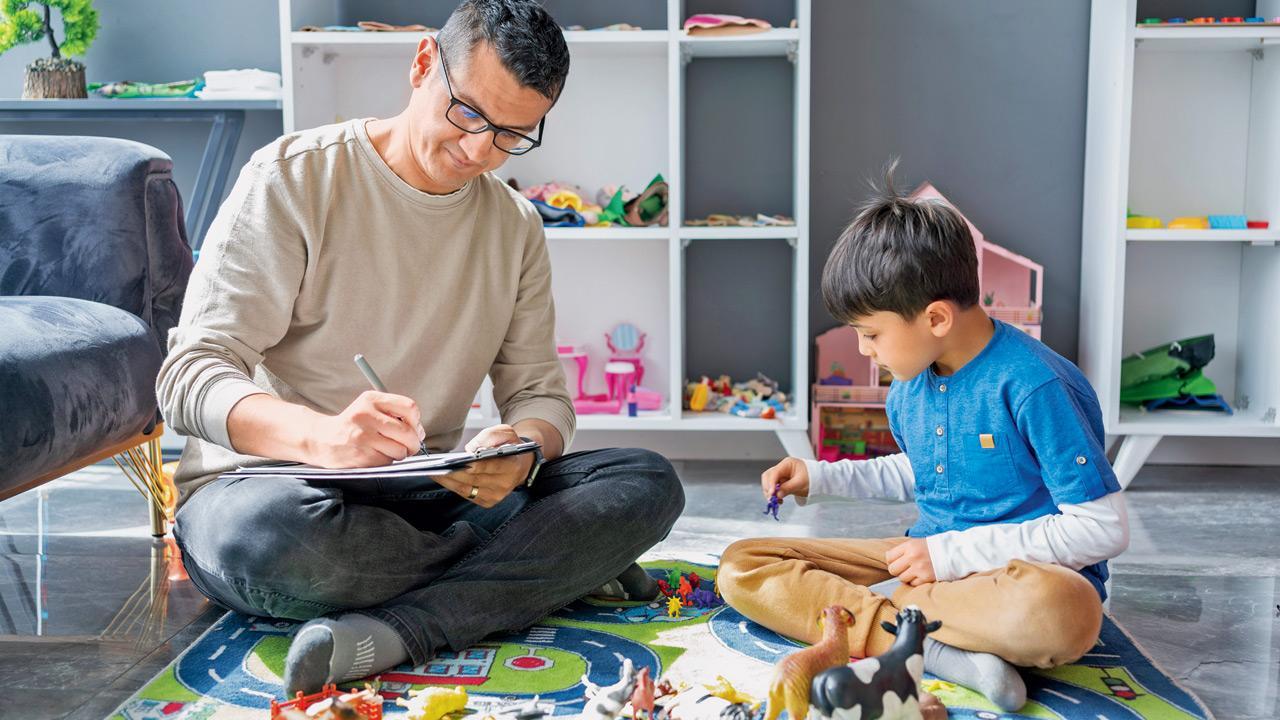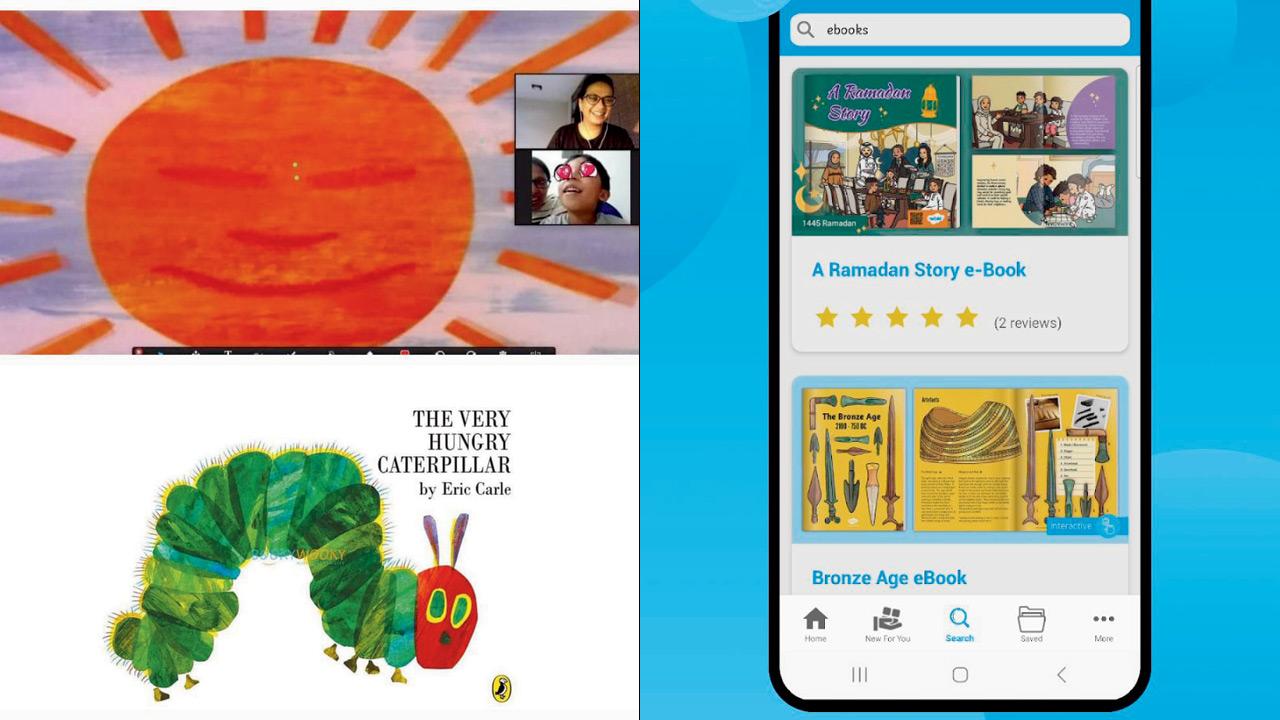On World Autism Awareness Day, we speak to a paediatric neurologist and a RCI-certified special educator to help us understand how technology can help children with Autism Spectrum Disorder

Alternative communication devices can help non-verbal children communicate their emotions better. Representation pic/istock
To truly understand Autism Spectrum Disorder (ASD), it is essential that people let go of their prejudices. This not only relates to how inclusivity should be taught from the basic level, but is also about being open to assistive technology that can help children with special needs. “Every person with autism perceives the world in their own way, with their own strengths and challenges. From early intervention to ongoing support, digital resources empower children on the autism spectrum and their families in various ways,” Dr Sayli Bidkar, a paediatric neurology consultant at Kokilaben Dhirubhai Ambani Hospital explains.
ADVERTISEMENT
 A moment from an online book reading session. The identity of the child is protected using emojis. Pics Courtesy/Sarika Shrivastava Shah
A moment from an online book reading session. The identity of the child is protected using emojis. Pics Courtesy/Sarika Shrivastava Shah
Technology has revolutionised how autism is perceived, diagnosed, and treated. With digital interventions that can help in enhancing communication skills to the many modes of visual learning, families are finding new ways to understand their child’s needs. Sarika Shrivastava Shah, RCI (Rehabilitation Council of India) certified special educator and founder of Life Of A Special Educator, a child development centre in Kandivli shares, “Most of our children are visual learners so technology comes in handy to introduce new concepts, create opportunities to communicate and most importantly, motivate the child to participate in the learning process. At the same time, a word of caution for parents is that children can get addicted to technology if left alone. A structured intervention with the help of technology can work wonders.”

Dr Sayli Bidkar
So, what are some common areas that can be benefited from the use of digital tools? “Most children with ASD have difficulties with verbal communication. Augmentative and Alternative Communication (AAC) devices and apps can assist non-verbal or minimally verbal children in communicating their thoughts, feelings, and needs. Visual schedules, social stories, and calming strategies available in apps can help regulate emotions and meltdowns whereas interactive apps designed for particular sensory preferences can enhance learning, and help children in acquiring cognitive, motor, and social skills,” Bidkar explains.
Shah mentions, “As a special educator, YouTube is my go to resource for its variety of interesting content. Cocomelon is a wonderful channel for young learners. Videos of popular story books like The Very Hungry Caterpillar help our children engage in the concept of storytelling.”
The key is to create an inclusive learning environment. “It is important to create a space that involves empathy and tolerance. Advise family and friends to be patient, kind, and inclusive. Small gestures, such as inviting an autistic child to play in a manner that is comfortable for them, can go a long way. Each autistic child is different. Rather than attempting to alter them, rejoice in their strengths and assist them in areas where they struggle,” Bidkar summarises.
Check out these digital resources

>> Kiddopia – An edutainment app with research-based learning activities that enhance problem solving skills
>> Kutuki – A learning app with original stories, rhymes and interactive worksheets based on Indian contexts
>> Twinkl – An all-round interactive learning app with games, augmented reality experiences and worksheets
Information courtesy: Sarika Shrivastava Shah
 Subscribe today by clicking the link and stay updated with the latest news!" Click here!
Subscribe today by clicking the link and stay updated with the latest news!" Click here!







